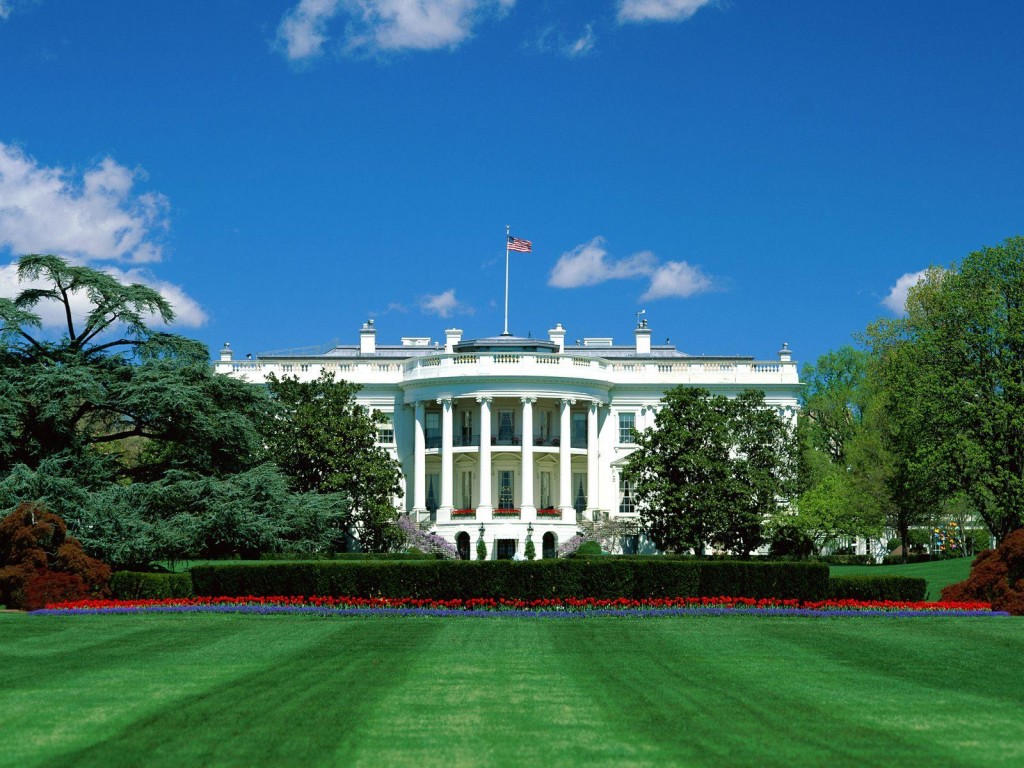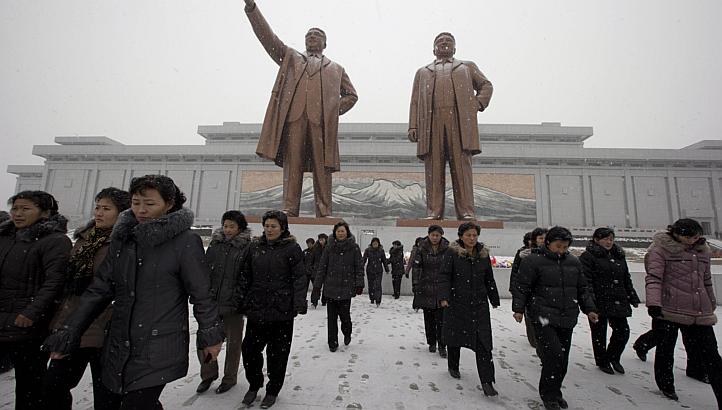The United Kingdom’s Government Isn’t Too Fond Of The United Kingdom
January 29, 2013 in Daily Bulletin

Alert the Queen of England! Rajeev Syal reports that a nefarious band of delinquents is considering running ads trashing the glory of Great Britain and painting it as a horrible place to live. These misfits operate out of the heart of London and are reportedly led by a Mr David Camer – wait, what?
- Next year curbs on the immigration of Bulgarians and Romanians to the rest of the EU will be lifted.
- In an effort to stem the influx of Bulgarian and Romanian citizens, the UK government is considering running ads that would point the true horrors of life in England in an effort to dissuade them from arriving.
- This is an odd twist for a country that exports image consultants that help improve the image of other countries.
- It would also diminish the legacy of the 2012 Olympics, since the whole point of hosting those games in England was to improve England’s image abroad.
- There probably won’t even be that many immigrants anyway. Bulgarian and Romanian immigrants will have over 25 countries to choose from, and will probably go for Germany.
Read more about the ads, a notable precedent, and what they might complain about over here.
Source: The Guardian
Via: Foreign Policy
















![zara2[1]](http://www.Centives.net/S/wp-content/uploads/2013/01/zara21.png)
Join the Discussion! (No Signup Required)